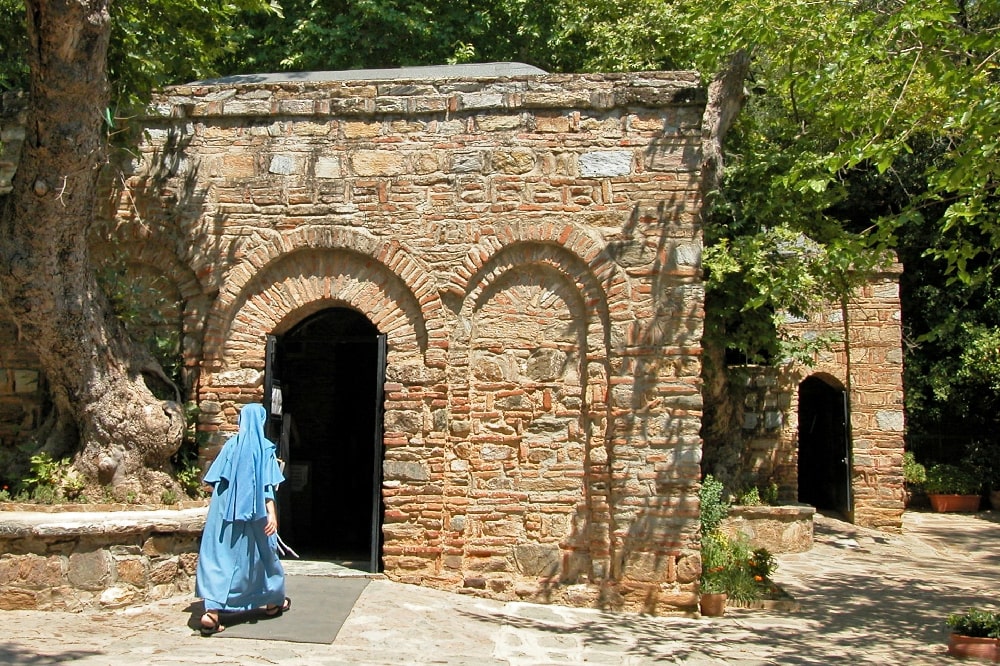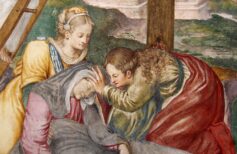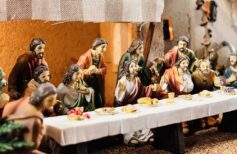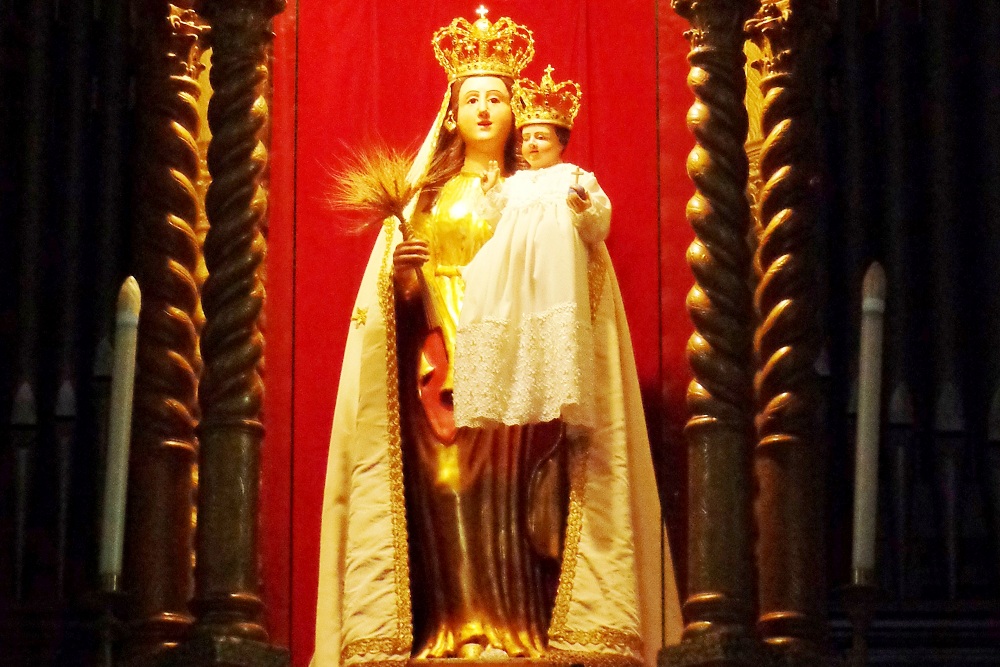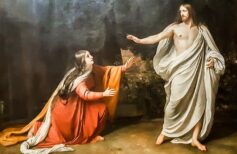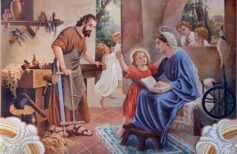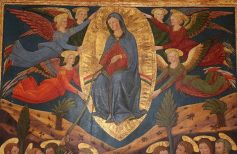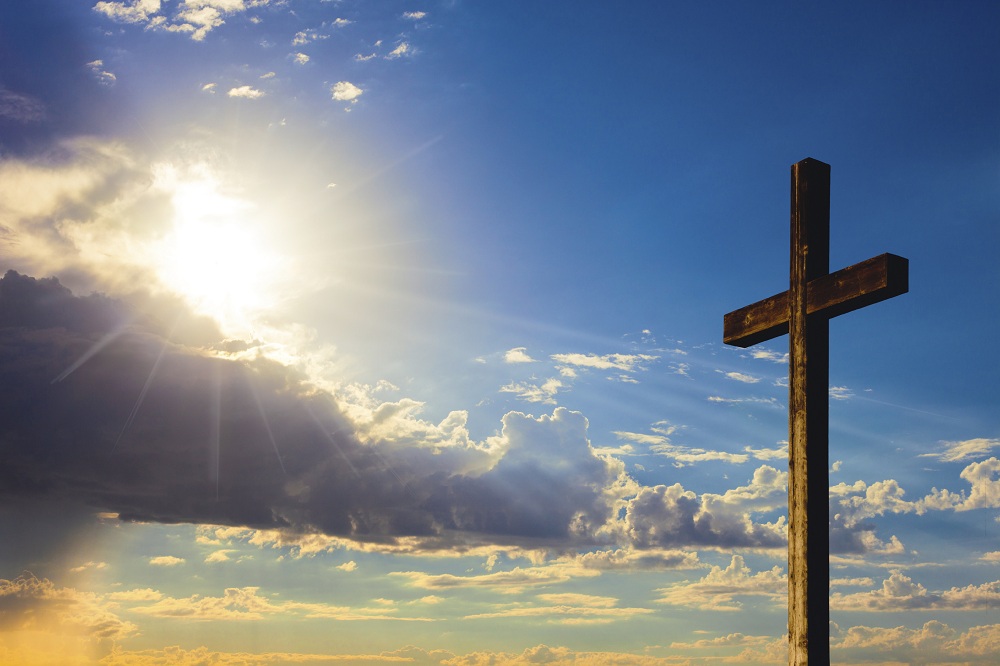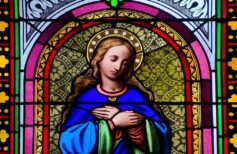What became of Our Lady after the Resurrection of Jesus? Let’s investigate Mary’s life through the Gospels, up to the day of her Assumption into Heaven
What happened to Mary the mother of Jesus after the death and Resurrection of Her Son? The Gospels do not tell us much about this, only a few hints that allow us to partially reconstruct Mary’s life after the tragic events in Jerusalem. Subsequent tradition has tried to reconstruct her movements in more or less imaginative ways. If we stick to the Holy Scriptures, we must infer that Our Lady remained in Jerusalem with the Apostles, and in particular with St. John the Apostle, to whom Jesus had entrusted her before dying. In the Gospel of John we read, “Jesus then, seeing his mother beside the disciple whom he loved, said to his mother, “Woman, behold your son!” Then he said to the disciple, “Behold your mother!” And from that time the disciple took her into his house.” (Jn. 19:26-27).
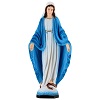
From this passage we have two indications: Mary stayed with Jesus’ favorite disciple, that apostle John, brother of the apostles Simon Peter and Andrew, author of the Fourth Gospel, and presumably they went to live in the city of Ephesus, where John settled. In fact, according to the accounts of Irenaeus of Lyons and Polycrates of Ephesus, St. John, after sojourning for a short time on the island of Patmos, moved to Ephesus, in present-day Turkey, and went to live in a house on an uninhabited hillside. When the time came for him to die, the Lord warned him, and John dug a tomb in the shape of a cross and lay down in it. In that hole he disappeared shrouded in great light and sweetest perfume. His disciples buried him, but they related that in the following days the earth placed on the tomb kept rising, as if moved by a breath. Hence the name given to the hill: aya soluk, “holy breath.”
But before reaching Ephesus we know that Mary and John remained in Jerusalem with the other apostles until the day of Pentecost. In the Acts of the Apostles (Acts 2:1-11) we read the episode: Mary and all the Apostles were in the same place when “Suddenly there came a roaring from heaven, as of a gusty wind, and it filled the whole house where they were. There appeared to them tongues like tongues of fire dividing and resting on each of them; and they were all filled with the Holy Spirit and began to speak in other tongues as the Spirit gave them power to express themselves.” We can say that Mary is the very heart of Pentecost, she who has always interceded with God for menkind, and who participates in the descent of the Holy Spirit, almost a catalyst, who made possible by his grace the investiture of the Apostles and the promise of hope for all men.

On the occasion of Pentecost, pray Mary that unties the knots
50 days after Easter, she will untie the knots and celebrate Pentecost, which recalls the descent of the Holy Spirit among the disciples…
Mary’s home in Ephesus
The house of Our Lady was in Ephesus. Or so it is presumable to believe, if indeed Mary Mother of God went to live in this city in her later years. In fact, there is a place of worship in Ephesus, The House of Mary, in Turkish Meryem Ana Evi, visited annually by at least 1 million pilgrims, both Christian and Muslim. It was discovered in the late 19th century by a research team of religious and lay people led by Sister Marie de Mandat-Grancey, a French nun devoted to Mary and obsessed with finding the place where she lived. It was she who started from the directions left by the German mystic Anna Katerina Emmerick, who had had visions about Mary and St. John and their lives after Jesus’ Resurrection. In one of her books published in Munich in 1852 the mystic had related that she had seen the house, and that it was made of rectangular stones, with large windows, formed of two parts, with the hearth in the center. Anna Katerina Emmerick had also told where the house stood: “Mary did not live exactly in Ephesus, but in a nearby village. Mary’s dwelling was on a hill to the left of the road in the direction of Jerusalem, about three and a half hours from Ephesus. This hill thins out steeply as you turn toward Ephesus; approaching from the southeast, the city seems to lie on raised ground… Narrow paths in a southerly direction lead to a hill, at the summit of which there is an irregular plateau, about half an hour’s journey away.”

The story of Jesus: the most important events of His life
The story of Jesus, between the Gospel story, historical reality and devotional legend…
The mystic Maria Valtorta also claimed to have had detailed visions and conversations with Mary and Jesus. Sister Marie compared the writings of the two women and following the indications in them discovered the place where Mary’s house stood, on a hill outside the city. A few years earlier the French priest Julien Gouyet had already found here the remains of a building that he linked back to Mary’s story. Excavation uncovered the remains of a house dating from the first century, on which the first basilica dedicated to Mary had been erected in the fifth century. Locals called those ruins Panaya Kapulu, “Gate of the Virgin.” The nun purchased the land, which immediately became a destination for pilgrimages and even plenary indulgences at the behest of Pope St. John XXIII and other pontiffs after him.

5 places of pilgrimage to go to at least once in a lifetime
God’s action on this Earth leaves a strong mark that attracts us: here are five pilgrimages of faith…
Meta description: Where did Our Lady live after the Resurrection of Jesus? The Gospels offer brief insights into Mary’s life in her later years. Her home is located in Ephesus

